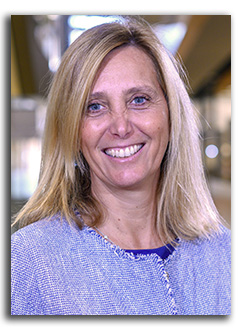
Abstract
The reduction in PV silicon module cost progresses with the increase of production, however, we are rapidly reaching a stage where a further decrease in cost could be conditional on the global availability of raw materials. Thus, PV technologies that involve the use of lesser quantities of cheaper and less refined input materials are favoured. Currently, there are several low-cost inorganic thin-film solar cell options, which have potential for high efficiency and high stability. Among them, chalcogenide based thin films are very promising, especially Cu(In,Ga)Se2 (CIGS) since its conversion efficiency reached 23% at laboratory level. Despite the advantages of CIGS technology, the production of CIGS solar cells is expected to be limited as results of indium and gallium scarcity and in the last decade, much attention has been focused on I2-II-IV-VI4 thin films as an attractive possibility for the synthesis of indium and gallium free chalcogenides. Kesterite photovoltaics utilizing Cu2ZnSnS4 (CZTS), Cu2ZnSnSe4 (CZTSe) and Cu2ZnSn(S,Se)4 (CZTSSe) are emerging as the most promising replacement for the chalcopyrite absorbers, through the substitution of indium and gallium with comparatively abundant and lower cost zinc and tin. Last but not least, Kesterite solar cells can be considered the abundant, nontoxic alternative to perovskites for tandem solar cells. As matter of fact, chalcogenide materials offer very interesting key material properties, including a band gap that can be tuned between approximately from 2 to 0.9 eV. Conventional methods for fabricating Kesterite based solar cells involve vacuum processes, even if the most performing devices based on CZTS have been realized using a solution-based methodology. In this context, at MIBSOLAR we are developing a chemical procedure to obtain a high quality CZTS films and its variant ( i.e CFTS) composed by highly soluble and inexpensive precursors in a non-toxic and environmentally friendly solvent. The process of deposition is straightforward and very cheap, based on the sol-gel technique. The thin films were fabricated thanks to a direct drop-casting of the precursor solution, followed by a gelation process and heat treatment in Argon atmosphere. The synthesized layers have been mainly characterized by XRD, UV-Vis, μ-Raman and PL spectroscopy measurements. The first devices produced (with Mo/CZTS/CdS/ZnO/AZO as cell architecture) show promising interesting results in terms of efficiency and short current density, despite the whole process still has to be optimised.
Furthermore, a new alternative to copper zinc tin sulfide/selenide is copper manganese tin sulfide (CMTS), a p-type semiconductor fully based on Earth-abundant and low-cost elements which shows an important advantage with respect to CZTS . CMTS has been deposited and studied as well at MIBSOLAR center and its potentiality will also be presented in this seminar.
Click here to see all available video seminars.
Click here to go to the SPREE HOMEPAGE.
Brief Bio
Simona Binetti is Associated Professor of Physical Chemistry at University of Milano-Bicocca (UNIMIB), Vice Director of Milano Bicocca Solar Energy Research Center, Dean of Chemistry Courses, representing UNIMIB in Joint Program on Photovoltaics of European Energy Research Alliance. Qualified full professor in Physical Chemistry. Graduated in Physics, Master in Material Science and PhD in Chemistry. Recognized expert in effect of defects on opto-electronical properties of silicon-based semiconductor. Involved in ten European projects and nine national projects regarding PV (some of them as a leader). Co-author of more than 130 peer reviewed publications, four chapter books and nine patents.
